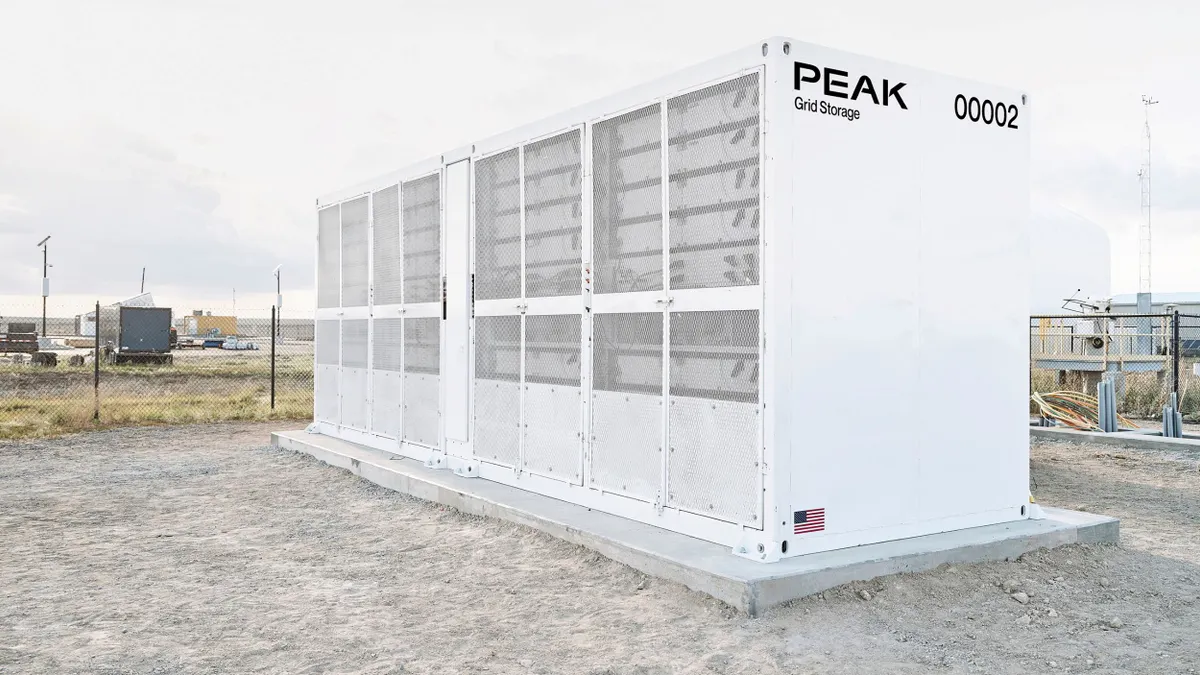Dive Brief:
- Federal Energy Regulatory Commission (FERC) Chair Cheryl LaFleur said the appropriate role of her commission in the EPA Clean Power Plan, designed to reduce U.S. greenhouse gas emissions 30% below 2005 levels by 2030, will be in making certain its implementation does not compromise the reliability of U.S. electricity delivery.
- FERC has already taken on that responsibility during implementation of EPA's Mercury and Air Toxics Standard (MATS) rule, effectively seeing that power plants complied with the standard as well as EPA’s timeline.
- A number of utilities across the U.S. argue the EPA plan, and especially the interim 2020 target, threatens reliability by imposing changes that will be too severe and too costly and a recent report from the North American Electric Reliability Corp., which FERC oversees, agrees there are legitimate concerns.
Dive Insight:
La Fleur said NERC’s report is in keeping with its authority and added that its call for new transmission infrastructure to support the changes required by the plan focused on "one of the very critical issues" in the EPA rule’s implementation.
If states act independently instead of choosing the increased flexibility in EPA’s option of a joint compliance plan, regional transmission organizations (RTOs) will need to help make certain power generation and delivery remains reliable, according to LaFleur.
LaFleur also said FERC is likely to certify ISO-NE's eighth forward capacity auction despite accusations of market manipulation by some participants.
Finally, the FERC Chair said she expects the new Republican-dominated Congress to take an interest in transmission infrastructure and, she added, both parties may be able to agree on cybersecurity and grid security legislation.














